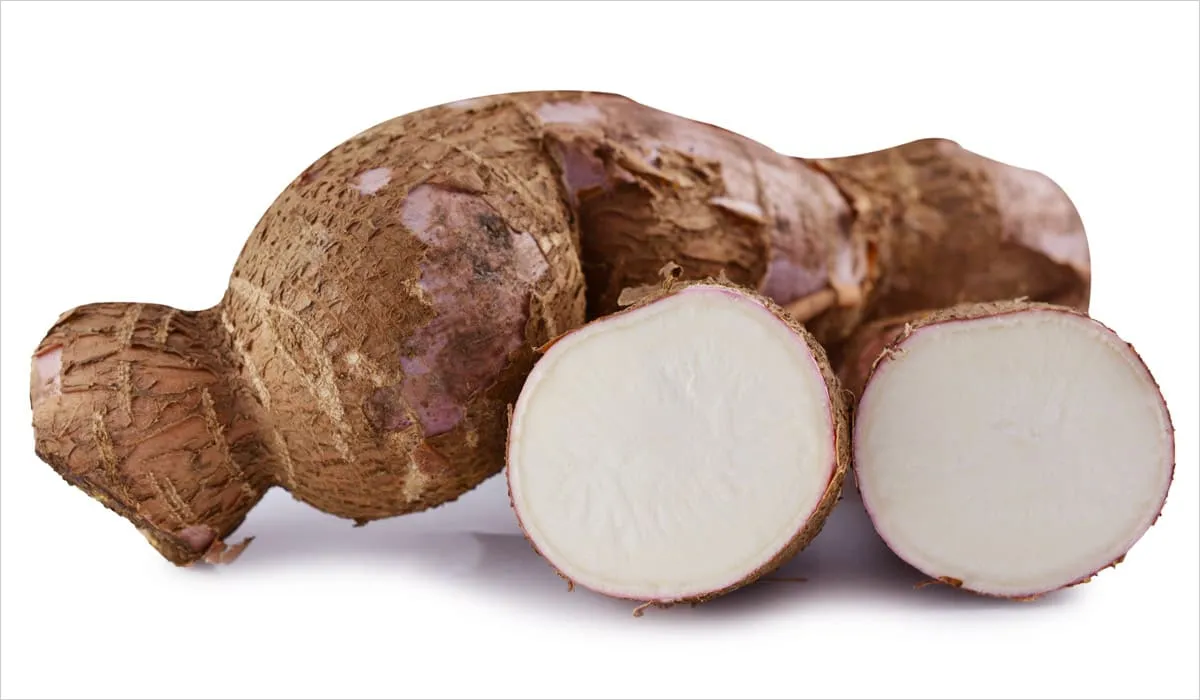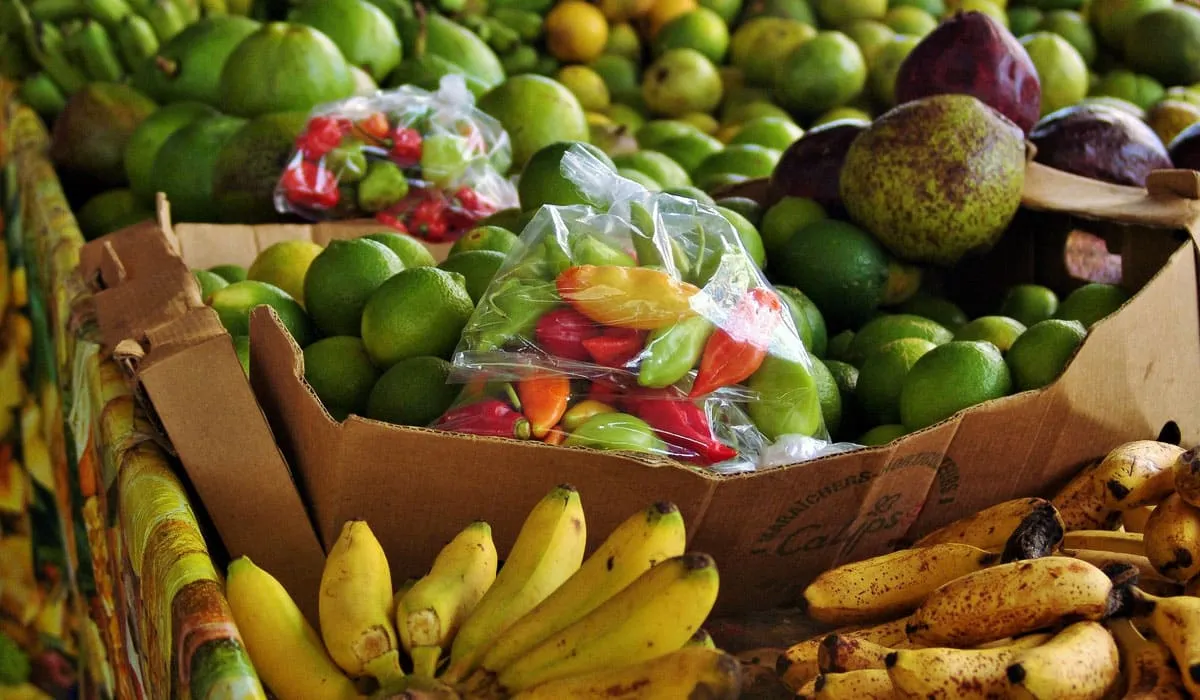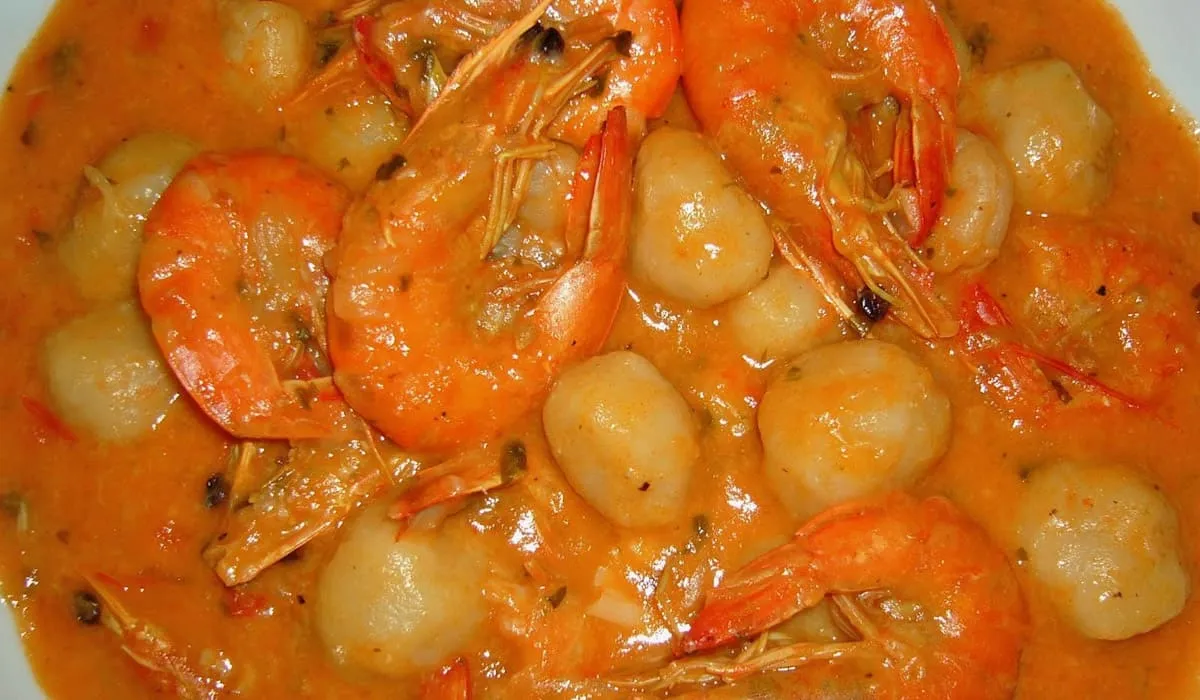Martinican gastronomy is rich through the various contributions that have enriched it, and refined like French cuisine is. Greatly inspired by French cuisine, whose heritage she has preserved by reproducing several typical French dishes, she has added her own agricultural products, spices, and flavors. Quiches, pies, pastries, soups, and other baguettes and cheeses are frequently found on the tables of Martinique residents or in the various restaurants of the island.
From French cuisine to Creole cuisine: the history of the gastronomy of Martinique
Beginnings of French cuisine

French gastronomy is known around the world for its smoothness, its varied flavors, elegance, and richness in different regions within it. Since the Middle Ages, the many banquets planned by bourgeois elites pushed up a decorated and seasoned food by chefs such as Guillaume Tirel Taillevent (1310-1365), editor of the Viander, a famous French cookbook written in the Middle Ages. It was in the late Middle Ages that the pies made with pie crust and desserts that were then called issues de tables appeared.
The food was preserved with salt, spices, or honey. Meat, a symbol of power and strength, was widespread on the tables and was consumed without moderation.
Fish and shellfish were mostly reserved for the period of Lent, which imposed a strict food and low in fat.
Be careful, though, since even in the Middle Ages, we could not talk about unified code because each region had its own dishes made from vegetables, fruits and other local resources. In addition, it also had specific traditions and customs. Only cheese, wine and meat occupied a place of excellence on all tables regardless of the region.
Later, the contribution of spices and herbs from India, the American colonies further expanded in this kitchen.
What food during colonization?
Arriving in Martinique, the settlers struggled with the local food. Unaccustomed to the local dishes offered by the Caribbean, they still prefer to turn to Europe, which will provide them with food that their palate is used to. On ships transiting in all French colonies (Santo Domingo, then Guadeloupe, Dominica, from the north), salted meat and fish for conservation, wheat flour, dried vegetables, cheese, and wine.
To purchase this expensive food but precious commodity, they decided to plant tobacco against which they would trade. But gradually they have to interested in local agricultural products because the delivery of food was too slow. Many were malnourished or even died!

Thus, they learned about cassava and later planted it to feed the slaves. The Code Noir (Article 22 of the Ordinance of 1685), legislation that governed the slavery system, forced owners to feed their slaves and decided a ration carefully measured. It consisted mainly of cassava flour, beef, and cod. Added to this yams, cocoyams, sweet potatoes, peas, and green bananas.
Cod was a staple in the diet of slaves and had as its main quality the optimal conservation through salt. It was the subject of much speculation. The importance of cod in the diet of slaves is reflected today in French West Indian cuisine with dishes such as macadam, chiquetaille, féroce d'avocat, cod fritters, all entries, or Tinin-lanmori (green bananas with avocado and cod).
Fruit and vegetables were planted (bananas, mangoes, pineapples) and maintained in dedicated areas of planting by Negresse de jardin (French expression during slavery for the slave women working in the gardens), were also consumed by slaves. A day, on Saturday, will even be vacated to take care of these gardens, which is what has been called the Samedi nègre (Saturday negro, note that this word is not pejorative in French). We can talk about the current premises of the Creole gardens.
During Lent, crab was considered a form of lean meat and played an essential role in the daily diet. On holidays, beef (often the better cuts than those provided in regular rations), poultry, and pork appeared on their plates only during liturgical days of celebration.
In the Grand'Case (house of the master), masters often organize sumptuous banquets. Meat occupied a primordial place there. It was a symbol of wealth, power, and diversity, and its importance was to remember who was at the top of the hierarchy. In these banquets, it is dishes from France that are reproduced in Martinique. Slaves looked with admiration at the feasts of the Grand'Case and the end of slavery. They remade certain dishes of their former tormentors.
Thus, the coq au vin or the sheep arrives on the plates of the new free when New Year's Day or Easter Sunday. Crabs previously finished on Easter Sunday are relegated to Easter Monday, hence born the Traditional matoutou, which will also be eaten on Whit Monday.
The Creole: its beginning, its origins
Plant and animal migration

If you go to the different presentation sheets for the different fruits and vegetables on our site, you will see that a lot of fruits and vegetables were imported to the island during the different waves of immigration. The first inhabitants of the island, the Arawaks, brought with them cassava and other endemic crops from northern South America (current Venezuela, Brazil and the different Guyanas).
Subsequently, the Caribbean also imported it. Then, the European colonists greatly enriched the potential of fruits and vegetables because they brought products there which came from further afield, South-East Asia, known for its tropical climate, the Indian Ocean or Africa. African slaves are not to be outdone. In particular, we owe them the pigeon peas eaten during the traditional Christmas meal, okra and dasheen.
Later, the Indians brought in other products, as well as aromatic plants and spices (turmeric, ginger, curry). All the crops from a tropical climate adapt quickly to the local soil, while some from the Mediterranean area appreciate the humid climate and the trade winds.
Thus, all these vegetal migrations have enriched a diet that the local population has been able to fully appropriate and make their own. The meat also came from elsewhere. The beef was raised in Ireland. If production proved insufficient, they turned to Ireland. The cod came from Newfoundland in Canada.
Around the 19th century, the rice that arrived on the plates of Martinicans came from the United States and later from Indochina. It was around this period that it took on capital importance in the diet in Martinique.
A melting pot that will create a specifically Martinican cuisine

Along with the arrival and full integration of Indians, Martinican society is creolized. It becomes a melting pot of diverse cultures from immigration that do not overlap with each other but become acclimatized and assimilated into a whole. Creole cuisine follows the same path. Thus, each contribution, each knowledge or know-how is associated with the preparation pan of local dishes. This exchange on the culinary subject is characterized, for example, by the way of cooking meat.
From the Amerindians, we inherited the boucan (smoked meat), the barbecue, and the Amerindian pimentade. The main advantage of smoked cooking, stewing meat or fish in smoke, was that it kept for six months. It will be taken over by the pirates present in the area, who will entrust buccaneers in the different islands to provide them with pork, wild boar, and beef. This meat was then sold to crews who sometimes left for long crossings.
Today, the boucan is used not for its conservation but for its flavor. Meat cooking is done more in the open air, climatic conditions and techniques, but also economically encourages cooking with flame or embers, or rather in the oven. French cuisine remains the dominant one. Martinique is a colony, and French codes, customs, and values must be fully visible on the island.
Court bouillon, simmered cooking, butter, thyme, bay leaf, aromatic plants, and pastries are essential in the French-speaking islands when pudding, rum cake, roasted and grilled meats are becoming codes in the British-dominated islands and in the Iberian Islands, the sofritos, the pot-au-feu rich in vegetables, the chicken rice dishes, and the egg desserts.
Simmering was used to prepare more elaborate dishes with sauce. It developed with the arrival of the Indians from the second wave. Originally from Pondicherry, they came with curry or turmeric in their luggage.
Current Martinican cuisine
Very marked Christian holidays

Martinique is predominantly Catholic and is very pious. Thus, liturgical feasts are celebrated in a special and sustained atmosphere with a specific meal on each occasion. The references to these dishes are as much religious as symbolic. To celebrate a special event, the rooster or the sheep are associated with the festivities, the peas (pigeon peas, pink beans, white beans) are on the menu and are a symbol of prosperity for the American black populations, the local vegetables (green plantain bananas, sweet potatoes, dasheens, yam, breadfruit) demonstrate the attachment to local and purely West Indian cultures, etc ...
The celebrations end in the early morning with the taking of the communion chocolate with the pain au beurre.
Thus it is specific meals are associated with each celebration:
- The coq au vin, which is consumed on New Year's Day,
- the Galette des Rois, as in mainland France, for the Epiphany,
- blaff and donuts on Mardi Gras,
- creps during Candlemas (little celebrated, however),
- acras and z'habitants soup on Good Friday,
- le Matoutou (rice and crabs) on Easter Monday and Pentecost,
- pork meat in different forms (blood sausage, savory pâtés, Christmas ham, meat in sauce), pigeon peas, and schrubb (orange punch).
Likewise, religious restrictions on food are still well respected. However, they have been relaxed over time. Meat banned during Lent is only removed every Friday and replaced by fish, especially cod or shellfish. All the inhabitants are concerned by these dishes, and if one of them, on the more modest condition, cannot afford it, family solidarity or between neighbors means that, whatever the social level, everyone can afford meals. linked to local festivals.
A transmission of culinary knowledge
From slavery, cooking occupied an important place in the lives of the locals. Some slaves even traveled with their masters to France to learn French cooking and pastry techniques. They were called the "talented negroes." The kitchen was not reserved exclusively for women at the time, but also for men.
At the end of slavery, some former servants opened guest tables or boarding houses where they reproduced the menus they had prepared in the kitchens of the masters or which had been passed on to them by previous generations. This transmission of knowledge took place in a private setting, a small circle that from generation to generation has left a heritage of several centuries.
Later in the 19th century, French cuisine was at its peak. Under the impetus of cookbooks and food criticism, Martinicans write their own cookbooks, which will spread in the libraries of Martinicans. A century later, with the prioritization of tourism, Martinican gastronomy is valued.
It becomes an instrument of publicity, a showcase for its particularity, its originality, and the fact of having known how to take advantage of the knowledge of the codes of French cuisine, Native American and African techniques, the contributions of Indian spices to make it a unique set that the whole population would appropriate.

If you visit Martinique, do not hesitate to go to the restaurants of the island, you will certainly appreciate the Creole dishes with acras, blood sausage, toast, the feroce d'avocat (avocado mixed with cassava flour) starter, the dombré de crevettes (shrimps meal) or conch, local vegetables, christophines gratin, mashed sweet potatoes or breadfruit as a main course or even passion fruit ice cream, coconut sorbet or pineapple crumble as desserts. Enough to make you choose Martinique and salivate even before your arrival...
See you soon!